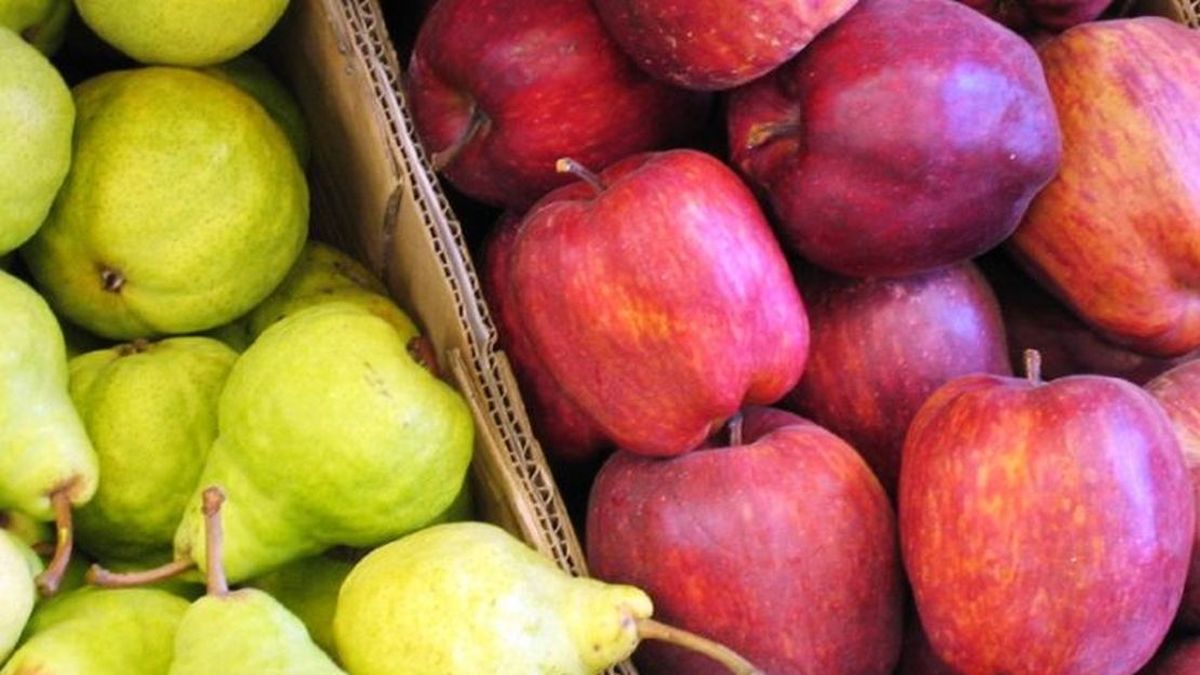In this framework, from the Argentine Peanut Chamber They reiterated “the need to contemplate measures that also allow regional economies to improve their competitiveness to market their products abroad. The peanut production and trade chain employs more than 12,000 people and exports more than US$1 billion a year, making it the regional economy that generates the most foreign currency for the country. But in recent times it has been suffering a strong loss of competitiveness and profitability, as a result of the application of export rights; a tax that does not exist in other countries that supply this food”.
For that reason, Markets that are very sensitive to price, such as Russia or Algeria, are opting for other origins, such as Brazil, which represents a loss of significant business for Argentina. In fact, comparing the current marketing campaign vs. the same period of the previous marketing campaign, the drop in volume exported is 47% and the invoiced amount was reduced by 51%. Added to this is the incessant increase in costs that leads to a loss of competitiveness of the crop, reflected in a considerable reduction in planting intentions for the 2022/23 campaign.”
Meanwhile, the situation of fresh fruit producers in the Alto Valle de Río Negro seems to be even more complex and for this reason this week they mobilized on the routes of the province to request an improvement in the price they charge for their production and a type of exchange rate that improves the profitability of the entire sector that has been showing numbers in the red for several years.
Figures on the table
What is known so far is that the Government is studying the statistics of the regional economies and in the coming weeks will call the various actors in the sector to a dialogue table to propose the steps to follow and, above all, identify strengths and weaknesses of each one of the activities that today continue to pay withholdings.
according to Regional Economies Export Monitor (MEER), prepared by the Argentine Confederation of Medium Enterprises (CAME) based on data from INDEC, in October 2022 the accumulated exports in the last 12 months of the regional economies of Argentina grew 5.9% in dollars and fell 0.1% in tons.
With this increase, regional productions reach US$7,649 million exported in the period November 2021 – October 2022, having imported US$1,372 million, which yields a trade surplus of US$6,277 million, a 3 .6% more than the previous 12 months (November 2020 – October 2021).
Among the complex exporters with positive numbers, the egg product complex, who shows the highest growth in the 12 months analyzed, reaching 64.5% in the period November 2021 – October 2022, having exported US$13.7 million. This is followed by cotton complexthis sector exported US$219.6 million, showing an increase of 41% in the last 12 months.
in turn the sunflower complex It shows a growth of 40.4% with exports for US$35.5 million. It is worth mentioning that the producers of the regional economies considered in the monitor only participate in 2% of the total exported by this complex. Finally, the tobacco complex exported US$289.5 million in the last 12 months, representing 38.9% more than the previous period.
In turn, in the period November 2021 – October 2022, the regional economies reached 6.4 million tons exported, which represents 0.1% less than in the previous period (November 2020 – October 2021).
Of the 31 complexes analysed, and among those with the highest incidence in the total volume exported, the complexes lead: peanuts with 12.1% of the volume, followed by legumes with 10.7, and citrus with 8.5%. , wine with 7.9% and chicken meat with 3.8%. In the last 12 months, these 5 complexes accounted for 42.9% of the volume exports of the regional economies of Argentina.
Source: Ambito
David William is a talented author who has made a name for himself in the world of writing. He is a professional author who writes on a wide range of topics, from general interest to opinion news. David is currently working as a writer at 24 hours worlds where he brings his unique perspective and in-depth research to his articles, making them both informative and engaging.




